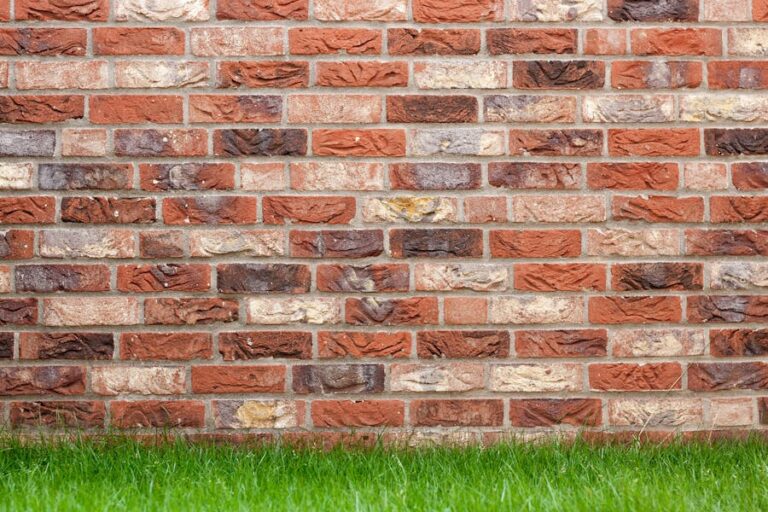Bugs and insects bother everyone, including the carriers of various infections and diseases. The rapid climate change throughout the world has increased the population and infestation of pesky beings. The coastal regions and areas with more greenery or water bodies nearby are particularly the insects’ hubs, especially in the western parts of Australia.
Although there are numerous ways to keep the interior of your home bug and insect free, like insect repellents, incense sticks, sprays, and more, along with keeping the space clean and tidy, the pests still enter your inner sanctum.
Using a dual safety strategy will ensure that insects do not enter the home, which is an important aspect of home improvement. Securing the space with fly door screens will help fortify your home against the onslaught of large bugs and insects, although extremely small insects could still pass through.
Choosing the correct screens for the doorways and windows is essential to fulfilling this requirement. Here’s how you can make your home bug-proof.
Fortify your home
Bugs are the enemies that your security and boundary line must be impregnable against. Fortifying your home is the best way to do this: turn your home into a fort by blocking even the narrowest entryways.
- Install a steel or aluminium frame under the door with a door sweep to keep the bugs from crawling inside. A nylon brush sweep will protect the gap between the door’s edge and the threshold.
- You can put door seal kits on the edges of the doors and windows to block the narrow gaps at their sides and tops.
- Keep the entryways closed as much as possible.
- Install hydraulically operated door closers to reduce the gap at the bottom with the tracts.
Note: The fortification will keep your home secure from intruders, large bugs and insects, but not keep all the bugs at bay. One needs multiple options other than flyscreens and frames to secure oneself from small insects and pests.
Screen the entryways
No matter how many safeguards and sealants you attach to the doors and windows, they will not fulfil their purpose if you are not careful about keeping them closed. The best way to resolve this problem, especially in homes with kids who forget to close doors and are always on the run, is to install screens on the doors and windows or add screen doors. Flyscreen windows and doors do not hinder cross ventilation in the summer, which, unfortunately, is also the most active season for insects and mosquitoes.
You can choose from a variety of screens as per your suitability. A 20 mesh or finer screen works best in keeping out the pests. The flyscreen doors are of two basic types – hinged and sliding – and are made from heavy-duty aluminium frames fitted with the mesh screen. Windows are fitted with the standard 11mm frame and are available with a range of frame clips and adaptors to fit different windows.
Choose suitable screens
Screen doors are available in various styles befitting your requirements and suitability.
- Barn-style screens are perfect for extra-large openings and depict the charm of the barn.
- Pantry screen doors add space to your kitchen and protect the edibles stocked inside the pantry.
- Pivoting screen doors are the hinged variety and are good for interiors with a modern look.
- Retractable screen: Best for wide and large openings, the retractable screen wall allows you to enjoy indoors and outdoors while keeping large insects at bay.
- Decorative screen doors will appeal to the artist in you as you can get them decorated with ready-made designs, although their effectiveness against insects is nothing to write home about.
- Sliding screen doors are an excellent choice for narrow passageways.
- French screen doors are perfect for the doorway opening and leading onto the patio or an outdoor dining area.
Get screens fitted at any opening or entryway, serving both practical and decorative purposes. Like the French screen door, it adds a touch of grace and style while keeping the insects away, or the decorative screen door is an extension of your artistic soul.
Screen doors are the most practical and economical solution, lasting long with timely maintenance and repairs in case the mesh develops a hole or a tear. It is essential to stick to flyscreen doors and windows, especially those located in insect-prone areas like the western parts and coastal areas of Australia.







